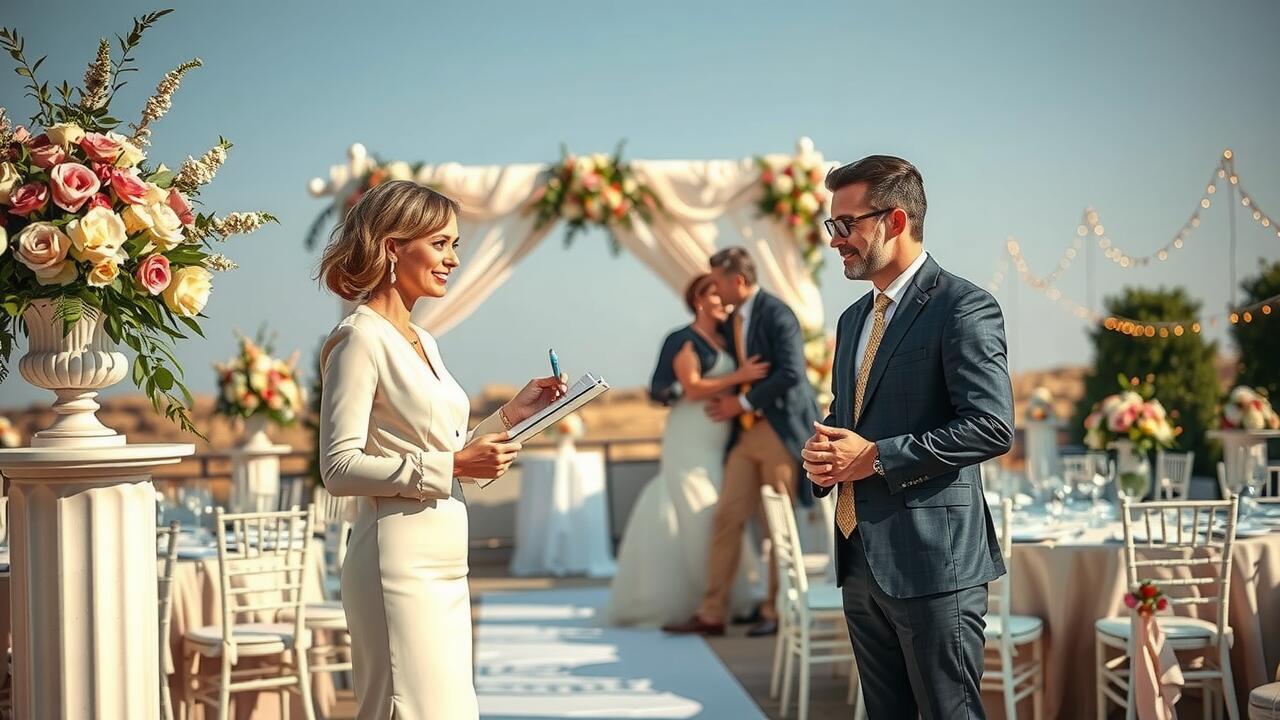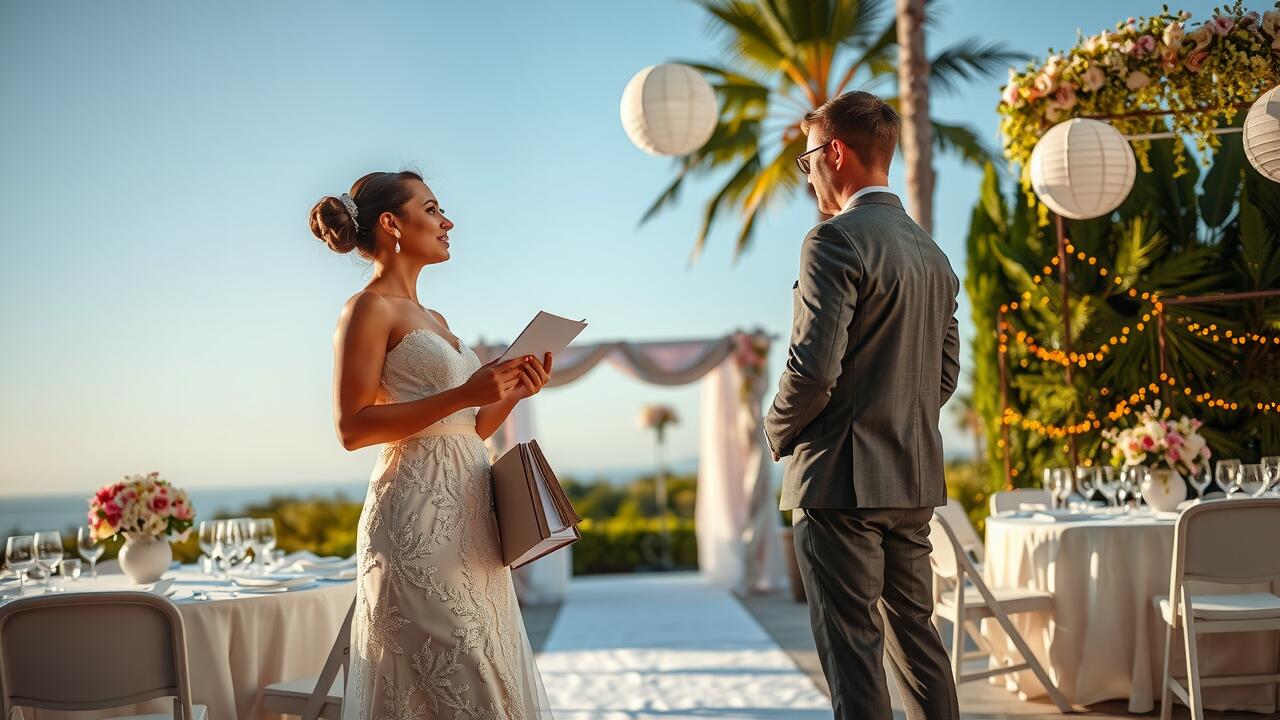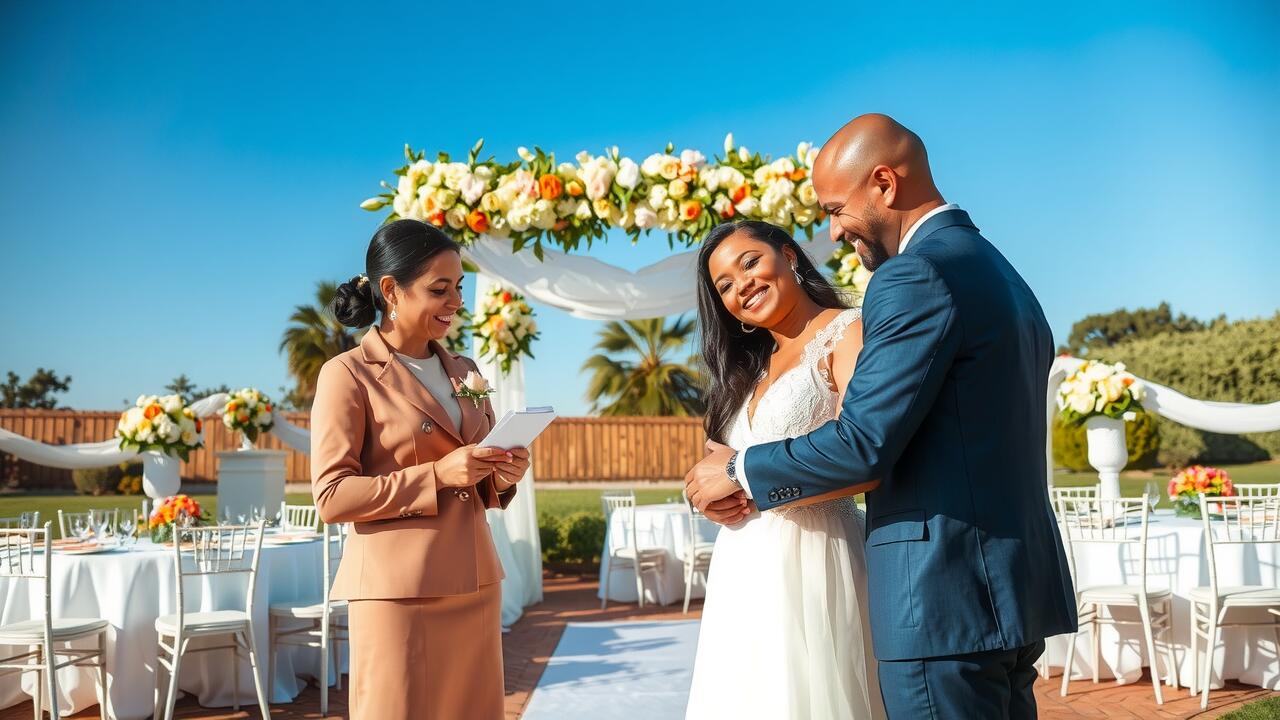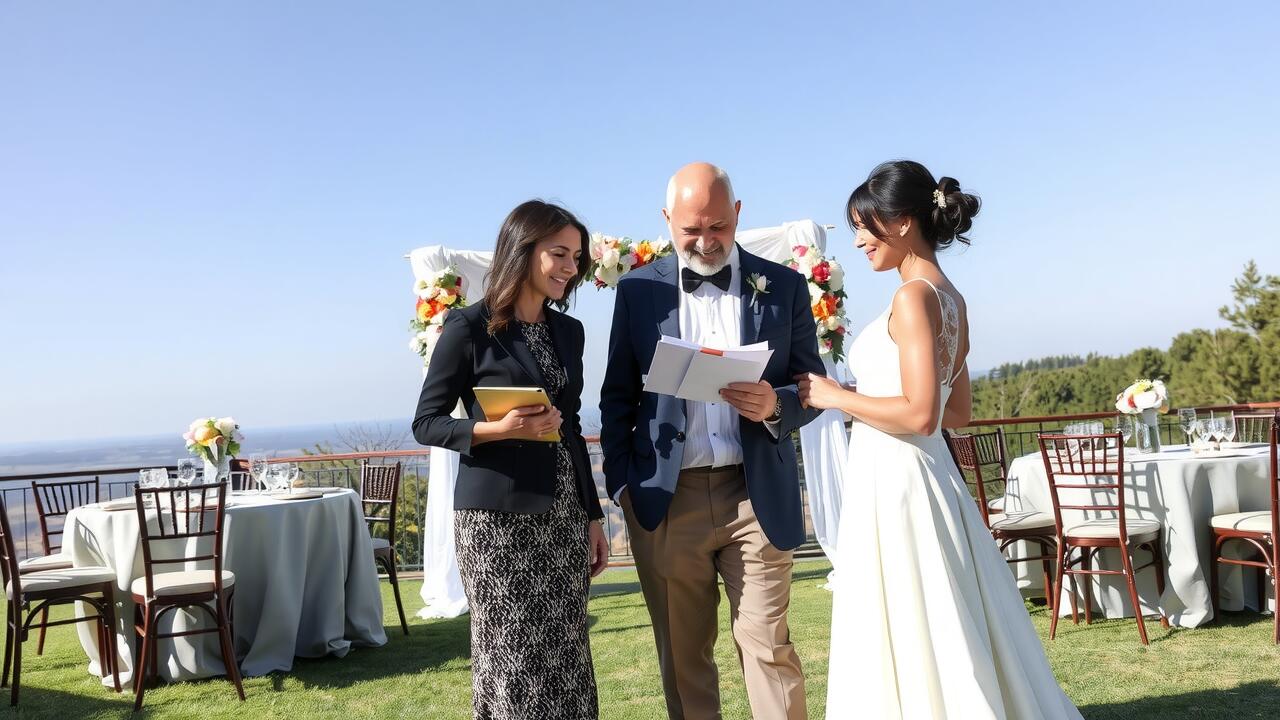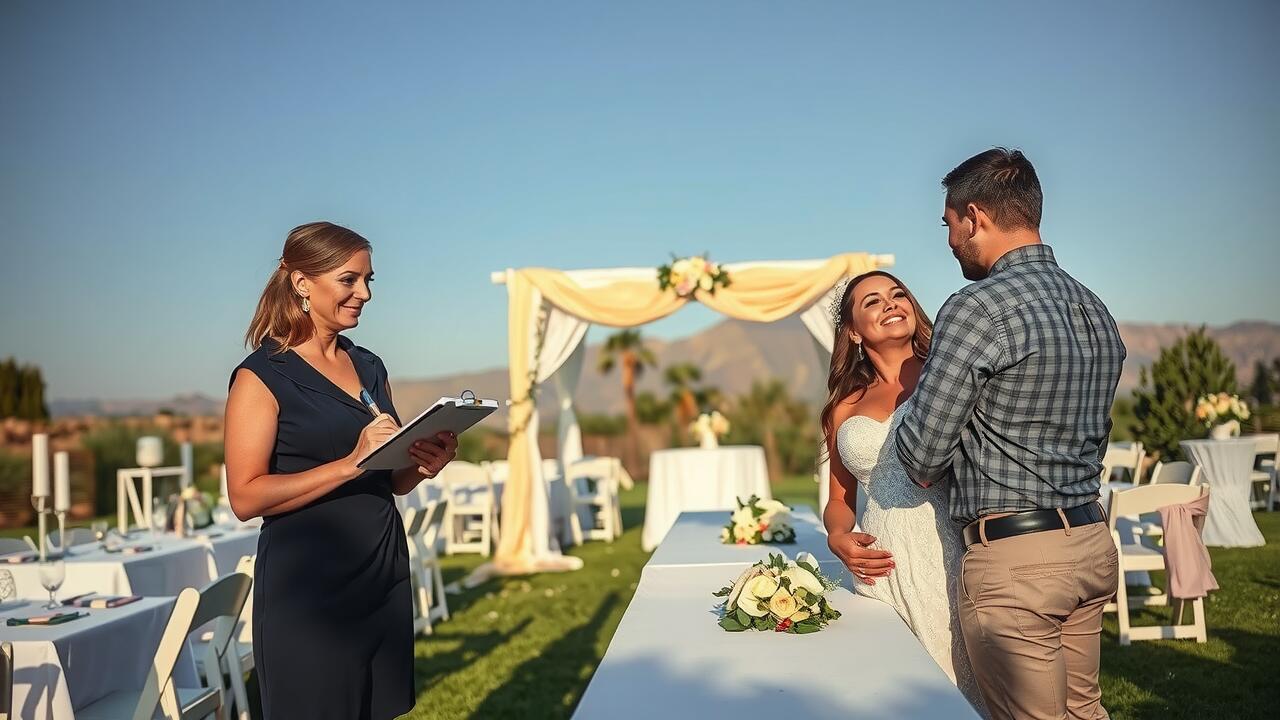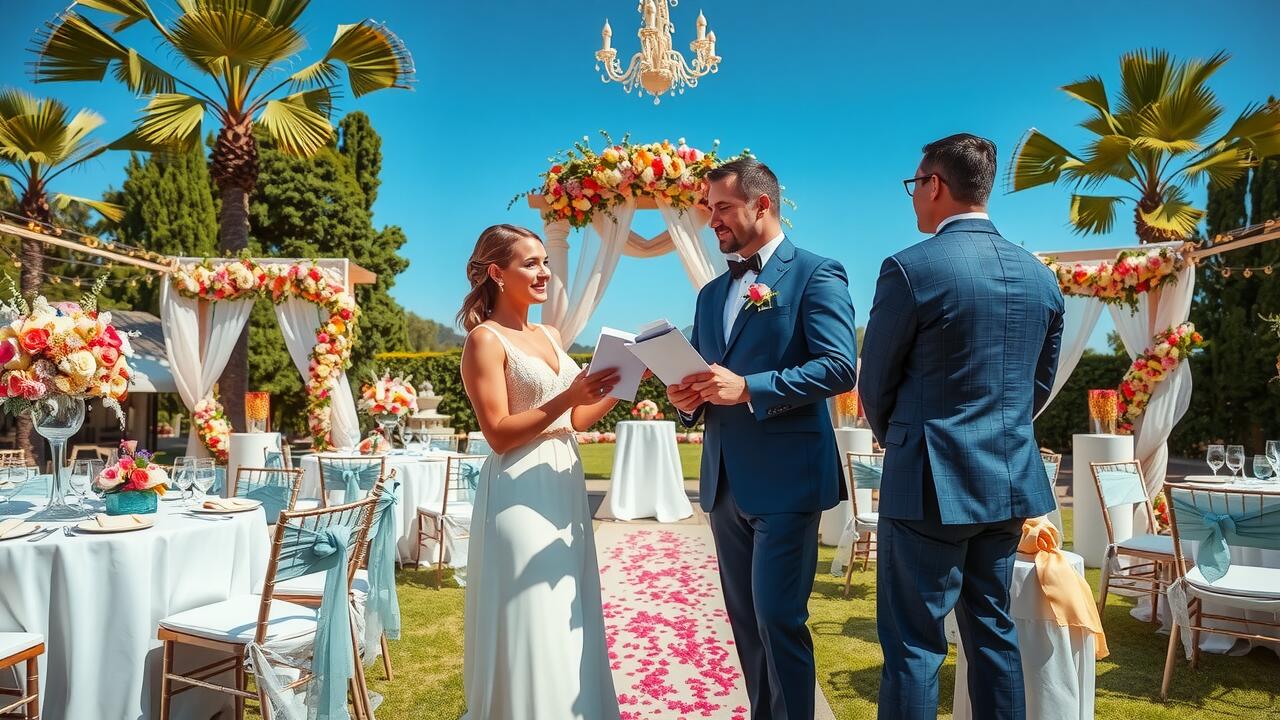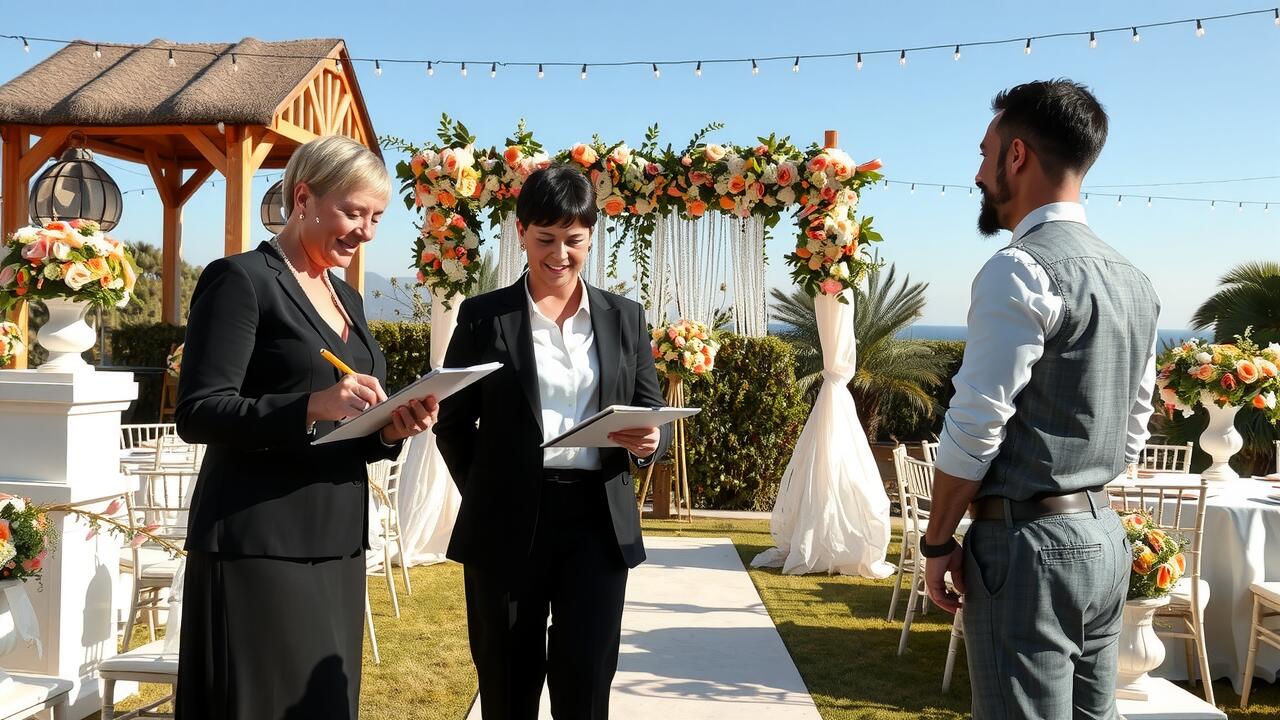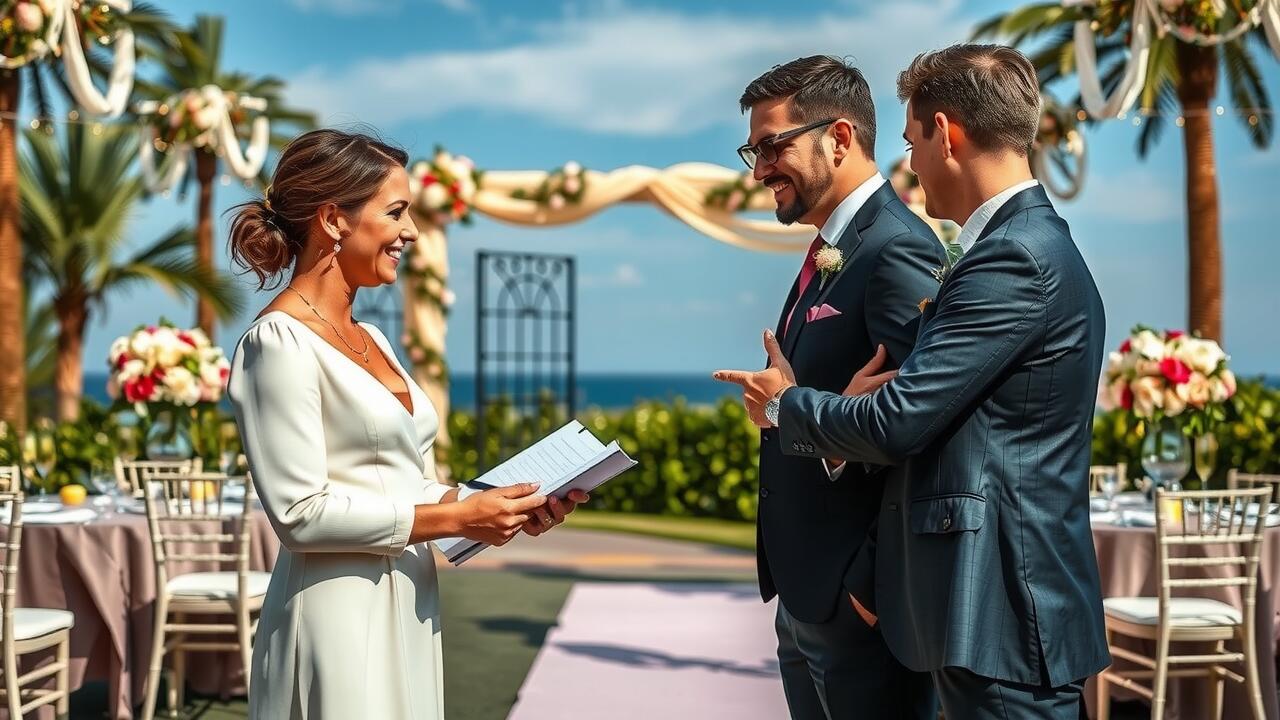
Consideration of Wedding Themes
Wedding Day Coordination in relation to themes adds a layer of consistency and visual appeal that can enhance the overall atmosphere of the event. Couples often choose a theme that reflects their personalities or shared interests, which informs their decisions regarding colours, decorations, and even attire. This unified approach can help to create a cohesive experience for guests, ensuring that every element from the invitations to the reception adheres to the chosen aesthetic.
When couples carefully consider their wedding theme, it guides not only their own choices but also how the wedding party aligns with these decisions. This coordination among attendees can manifest in matching colours or styles that resonate with the overarching theme, reinforcing the couple's vision. A well-executed concept allows for a seamless flow throughout the day, encouraging all elements to come together harmoniously.
How Themes Influence Coordination
Themes play a crucial role in the overall atmosphere of a wedding, influencing not only décor but also the attire and roles of everyone involved. Couples often select a theme that reflects their personalities and shared interests, leading to a cohesive experience for guests. The choice of colour scheme, style, and even the type of music typically aligns with this theme, guiding decisions regarding the wedding party's attire. Wedding Day Coordination in this context ensures that all elements harmonise well, creating a visually appealing and memorable event.
Furthermore, a well-defined theme can simplify the planning process for the couple and wedding party members. When everyone understands the theme, they can make informed choices regarding their outfits and responsibilities. It establishes a framework within which the couple can communicate their vision, allowing for a shared understanding among all participants. This clarity helps avoid mismatched outfits or conflicting roles, fostering a sense of unity on the big day. Wedding Day Coordination in this manner not only enhances the aesthetic appeal but also contributes to a smooth-flowing celebration.
Roles of Wedding Party Members
The roles of wedding party members are central to ensuring that the event runs smoothly and reflects the couple’s vision. Each member, from the bridesmaids to the best man, has specific responsibilities, making it essential for the couple to communicate expectations clearly. Wedding Day Coordination in this regard not only involves aligning the outfits but also involves orchestrating the timing of events, such as the procession and speeches. When everyone understands their roles, it fosters a sense of unity and harmony, contributing to a memorable celebration.
Moreover, proper coordination among wedding party members enhances the overall aesthetic and theme of the wedding. When bridesmaids wear dresses that complement the colour scheme, and groomsmen’s attire aligns with the overall vibe, it creates a cohesive visual experience for guests. Wedding Day Coordination in terms of these roles can also alleviate stress for the couple, allowing them to enjoy the celebration without unnecessary worries about logistics. Members of the wedding party can feel more engaged and committed when their roles are defined, reflecting the customised experience the couple intends to create.
Aligning Outfits and Responsibilities
Aligning outfits and responsibilities is essential for ensuring a harmonious atmosphere on the day of celebration. The wedding party, typically comprising bridesmaids, groomsmen, and other close relatives, should reflect the couple's chosen theme and overall aesthetic. Coordinated attire helps to visually unify the group, making sure that their appearance complements the wedding's colour scheme and style. This level of preparation promotes a polished look that enhances the overall ambiance of the occasion.
Additionally, the responsibilities assigned to wedding party members should align with their outfits to create a seamless experience. Clear communication about roles such as ushering guests, managing the timeline, or assisting with décor can prevent confusion on the big day. Wedding Day Coordination in this context ensures that each member of the wedding party understands their contributions. When everyone is on the same page regarding both appearance and duties, it enhances the couple's peace of mind and allows them to focus on celebrating their union.
Cultural and Traditional Factors
Cultural and traditional factors play a significant role in wedding day coordination. Various cultures have unique customs that dictate how couples and their families approach the event. For instance, some traditions call for specific colours or styles of dress that signify good luck, prosperity, or adherence to religious beliefs. Couples may feel a strong obligation to respect these traditions, ensuring that their attire and the overall theme of the wedding align with cultural expectations.
In many cultures, the family's role in wedding planning cannot be overstated. Parents and extended family members often have specific expectations regarding attire and duties on the wedding day. This may lead couples to coordinate not only their outfits but also the roles of their wedding party. Wedding day coordination in this context becomes crucial, as it ensures that all participants reflect the cultural significance of the occasion while adhering to familial expectations.
Understanding Expectations and Norms
Cultural norms and expectations play a significant role in shaping wedding traditions. Couples may encounter various practices that dictate how they should coordinate their wedding. Understanding these nuances can enhance the experience for everyone involved. For example, certain cultures may emphasise specific colours or styles that hold symbolic meaning. Couples should be mindful of these elements while planning, ensuring that their choices respect and honour the traditions held by their families.
Wedding Day Coordination in different cultural contexts might also influence the roles and attire of the wedding party. In some cultures, specific duties are assigned based on gender or family lineage. This can dictate the formality of outfits and the level of involvement expected from each member. Being aware of these expectations can aid couples in communicating effectively with their families and friends, thereby fostering a sense of unity on their special day. This understanding can ultimately lead to a more harmonious celebration and a shared commitment to the couple's vision.
FAQS
Why is it important for couples to coordinate at a wedding?
Coordinating at a wedding helps create a cohesive aesthetic, ensuring that the visual elements of the event complement each other. It also reflects unity and partnership, showcasing the couple's shared values and themes.
How can wedding themes influence coordination?
Wedding themes dictate the colour palette, style, and overall atmosphere of the event. By aligning outfits and décor with the chosen theme, couples can enhance the visual impact of the wedding and create a more immersive experience for guests.
What roles do wedding party members play in coordination?
Wedding party members often have specific roles that include supporting the couple and participating in various ceremonies. Their outfits and responsibilities should align with the couple's vision to maintain harmony and ensure everyone feels included in the celebration.
Are there cultural or traditional factors that affect coordination?
Yes, many cultures and traditions have specific expectations regarding attire and roles at weddings. Understanding these factors can help couples navigate coordination while respecting their cultural heritage and the norms of their families.
How can couples effectively communicate their coordination plan to their wedding party?
Couples can communicate their coordination plans through clear guidelines, such as a colour scheme, style preferences, and any specific requirements for attire. Meetings, emails, or group chats can facilitate open dialogue and ensure everyone is on the same page.
